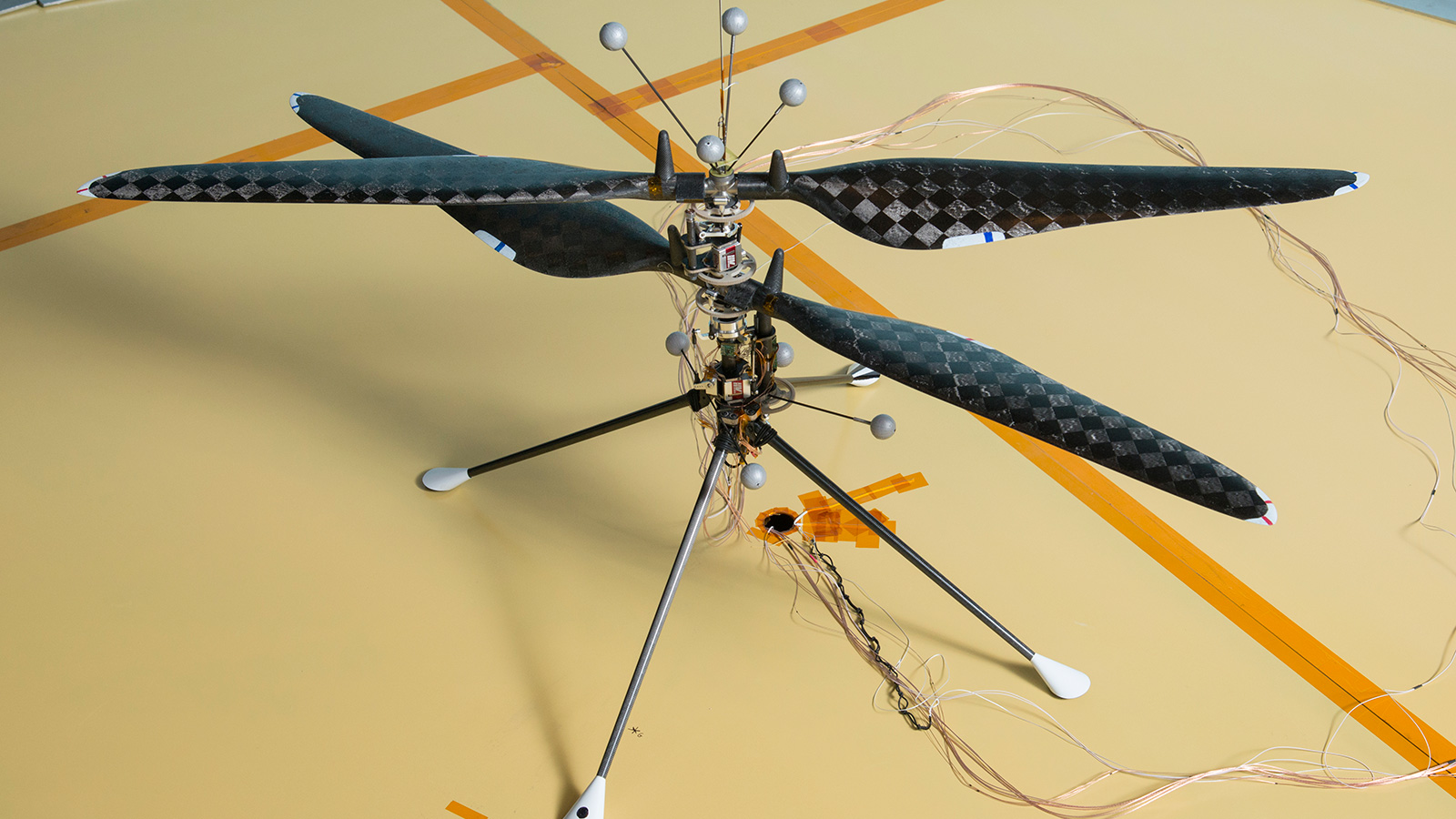

#Mars quadcopter full#
Happy 2021- What a great time to be alive!Ĭheck out the full scoop on the Mars Copter at the official Nasa Website.In 2016, researching more Multicopter info for my Lunar Module*, I found out that Arducopter-based Flight Controllers had a new Multicopter flight mode called “Throw Mode”. I can’t wait to see what the future of alien drone flight brings. I am hopeful that the technology will work well. I think a 90 second flight time on solar is quite an accomplishment for JPL. Not very long, but then again, it can recharge itself with the built in solar panel and do this time and time again, I wish my quadcopters here on earth could recharge in the sun in a day. The Mars Copter will achieve 1 minute and 30 second flight times. 90 second flight times.įPV Racing drones can achieve 6-8 minutes of flight time using massive Lithium-Ion batteries. How would you design your copter to contend with this? That’s the challenge that flying a remote control drone on Mars brings. Now imagine if it took 20 minutes for your control input to reach the copter, and 20 minutes to retrieve telemetry data back. FPV pilots have to worry about latency of radio transmission here on earth, and we make it a point to use analog video technology to improve latency so that we can have a near real-time flight feedback.

On average Mars is 140 million miles away from earth. Mars is 129670 miles away at the time of this writing. Why didn’t they use aerogel? It’s too heavy. While the final design did not contain aerogel insulation, this diagram does a good job explaining the Mars copter when it was in it’s infancy. What’s Next | NASA Sending a Tiny Helicopter to Mars in 2020 image source Could capacitors help to filter the power to make the computer more fault tolerant? Are they using resistors to generate heat to keep the batteries warm overnight? I think it would be very cool to find a schematic.įor more information about designing earth based Quadcopters, check out our esc and motor selection post. It has what appears to be a main flight controller on board containing a gyro and a couple processors, along with many other boards that look to contain lots of capacitors and resistors. Gyros & accelerometers make it possible to fly autonomously. It has many similar sensors to our FPV drones such as the QQ190.

The mars copter has many components that mimic the components found on earth-based drones. As neat as it would be to see a quadcopter on Mars, the video does a good job of explaining why they designed the Mars Copter the way they did. The unique challenges that a mars mission represents have had a large influence on the design of the copter. Quadcopters do away with cyclic and collective controls by having 4 independently controlled motors that can go different speeds. The Mars copter is more complicated than a quadcopter because instead of using 4 propellers, The mars copter uses 2 stacked propellers and collective and cyclic controls for pitch, roll, and yaw similar to how a traditional helicopter works. In this illustration, NASA’s Ingenuity Mars Helicopter stands on the Red Planet’s surface as NASA’s Perseverance rover (partially visible on the left) rolls away. A different design approach to fly on another planet. Also, keeping the tips of the propellers from breaking the sound barrier whilst still spinning the props at a high speed of about 23000rpm to create adequate thrust in the thin air on Mars. Still, many of the constraints mimic earth based design to include power to weight ratio, propeller thrust and speed. It turns out that a large influence on the design of this copter is to contend with the freezing temperatures and low atmospheric density of Mars. Mars’ atmosphere is 1% that of earth’s, and it’s really cold there. What’s surprising is that the JPL engineers have had to think about drone design for a craft on Mars with similar design constraints for Quadcopters here on earth. Mars Copter has similar design constraints to Earth based drones.


 0 kommentar(er)
0 kommentar(er)
